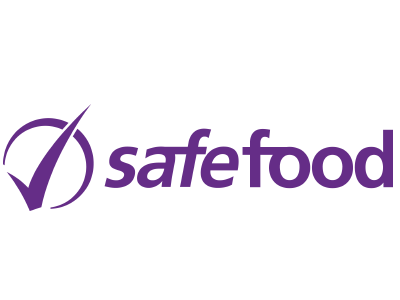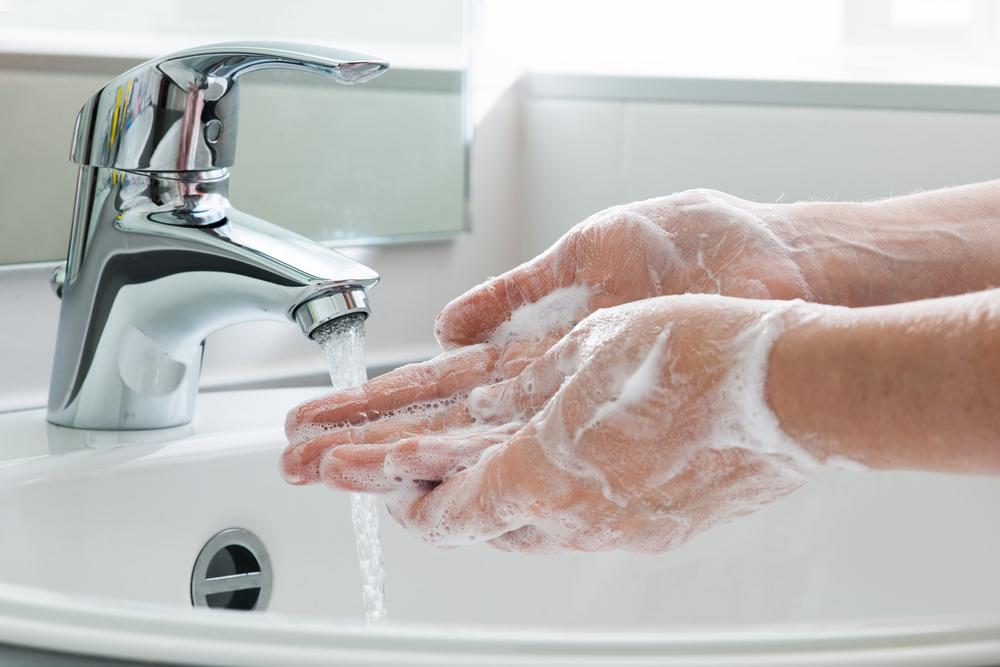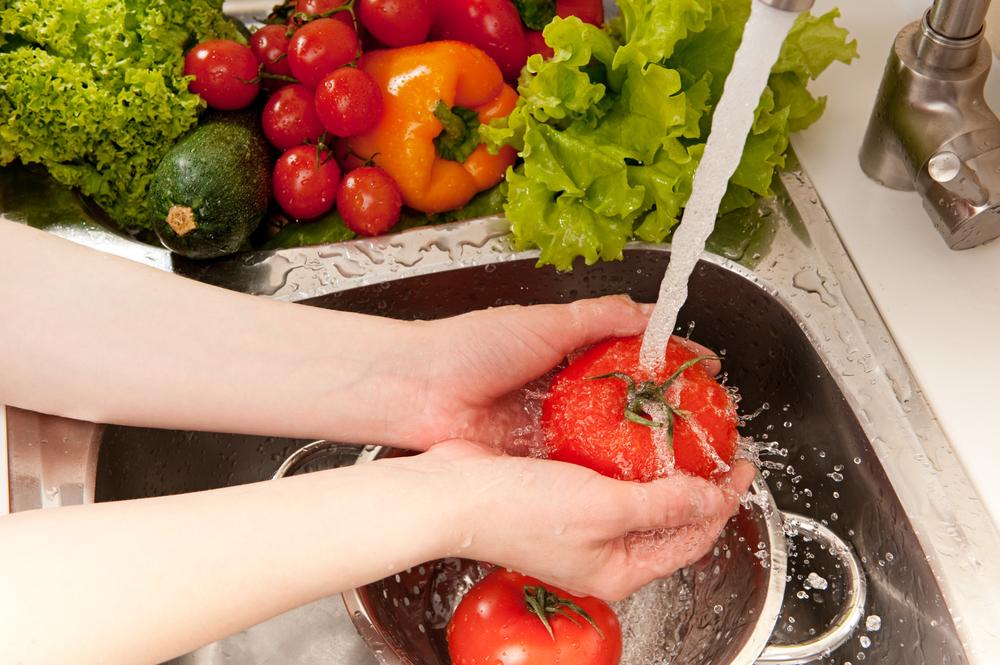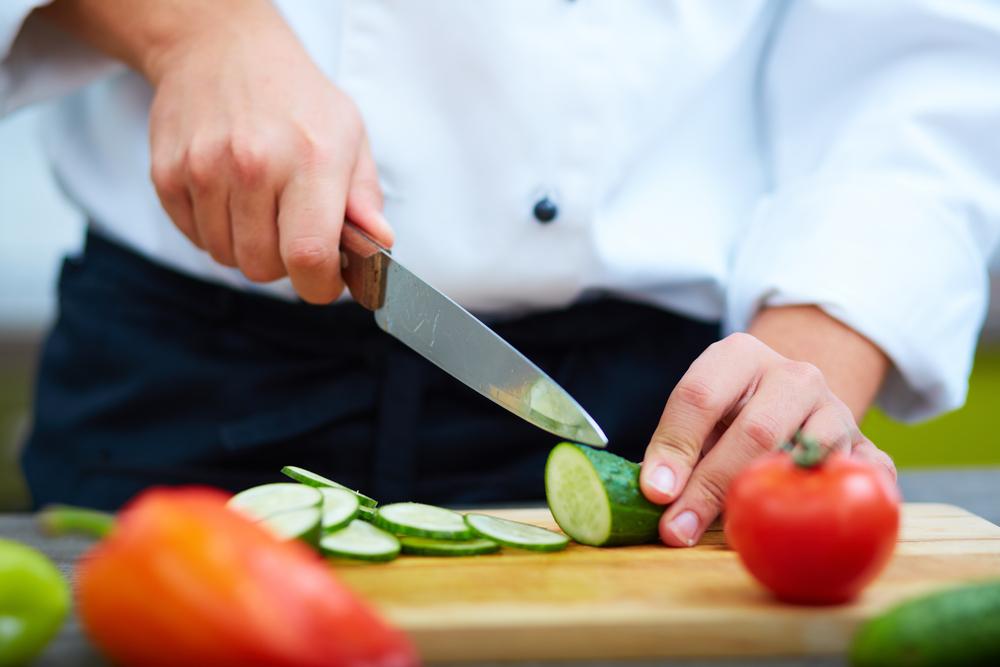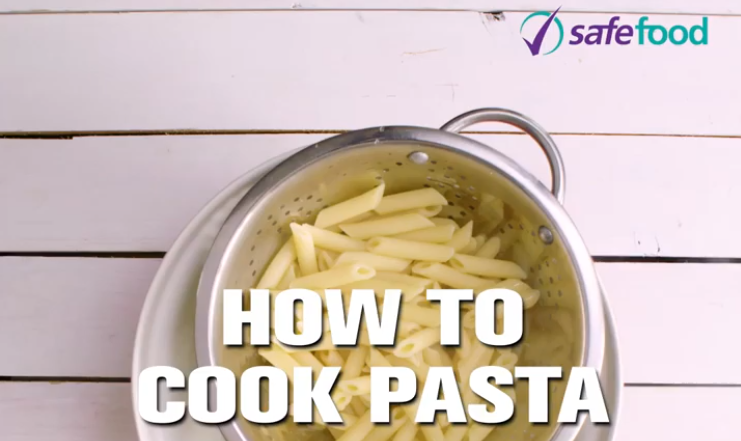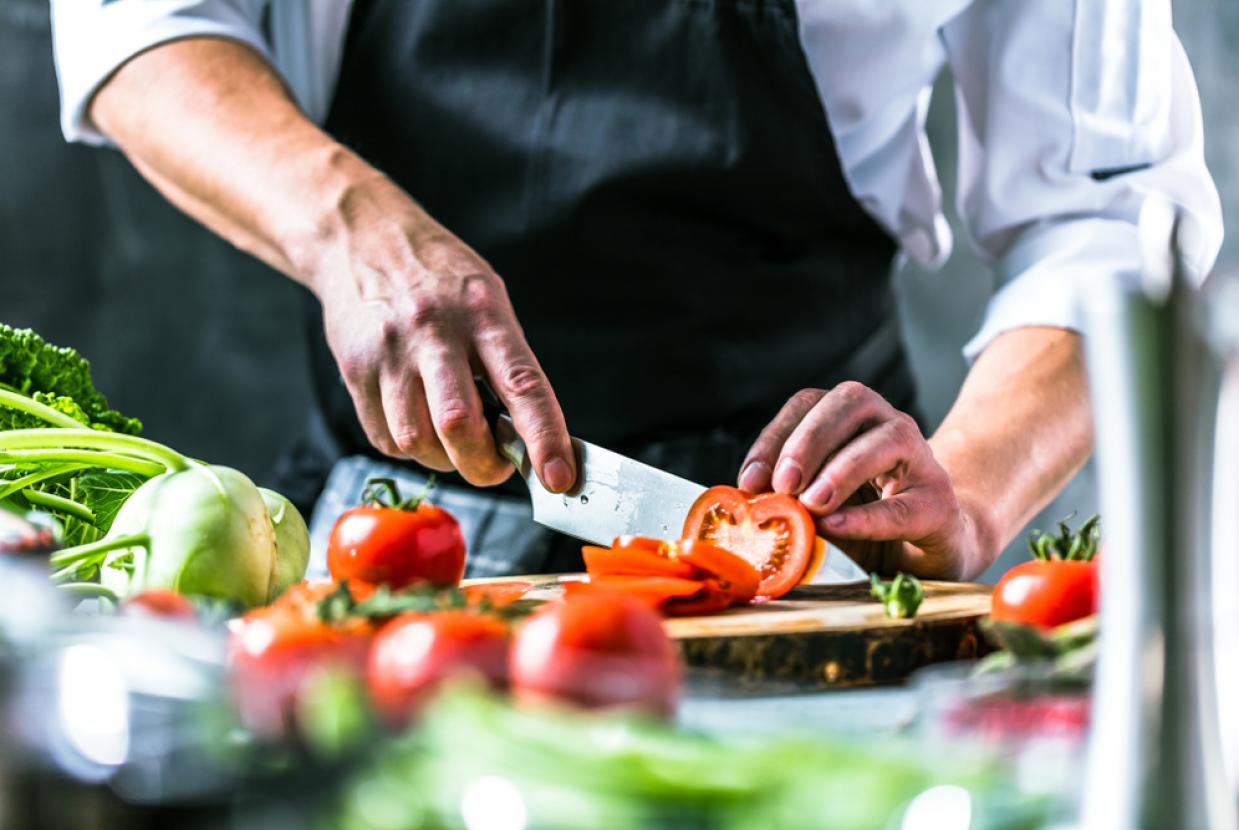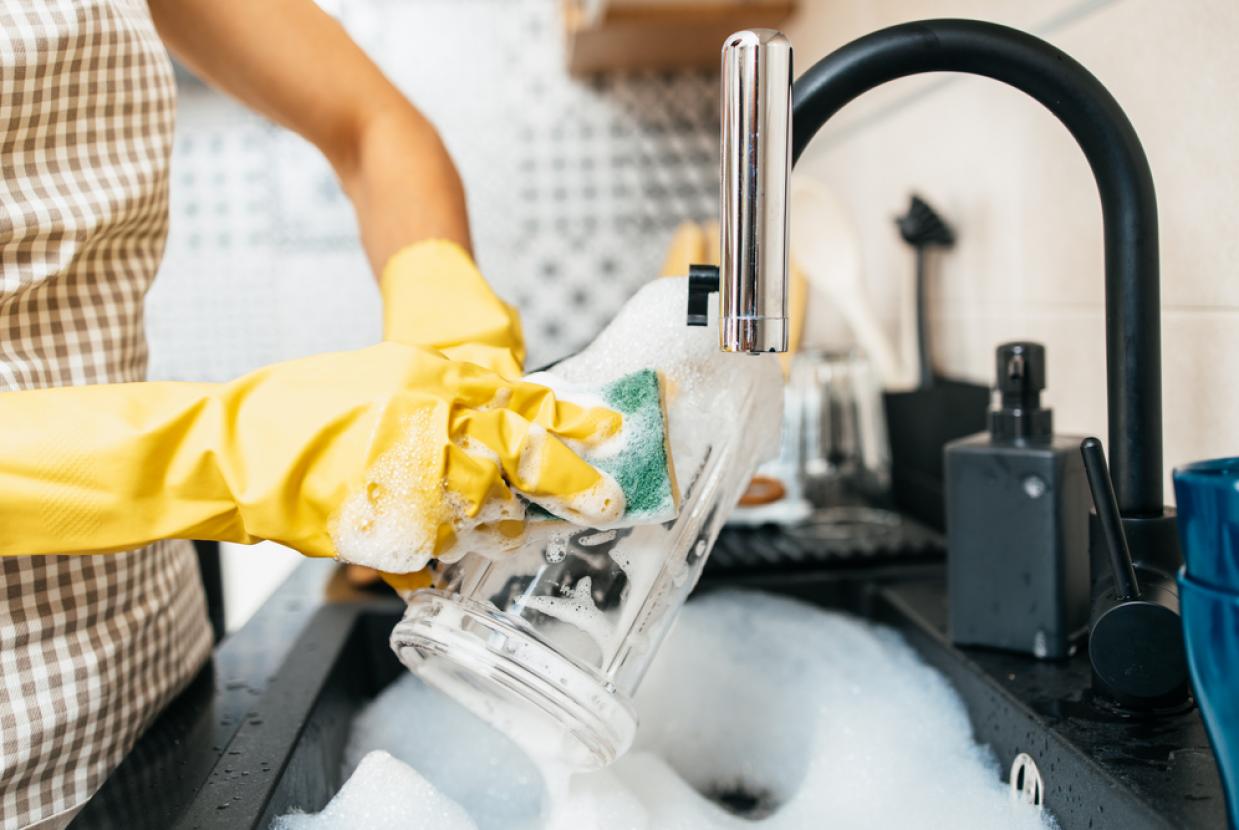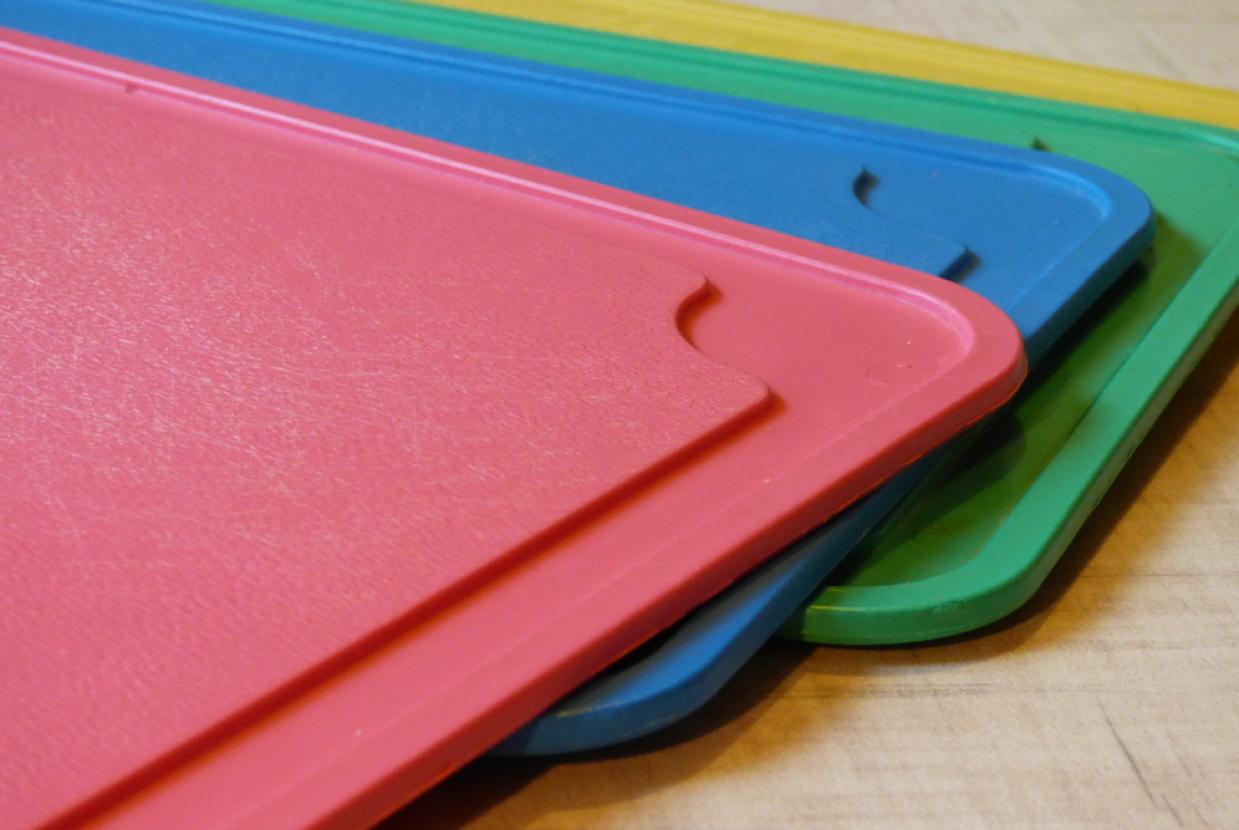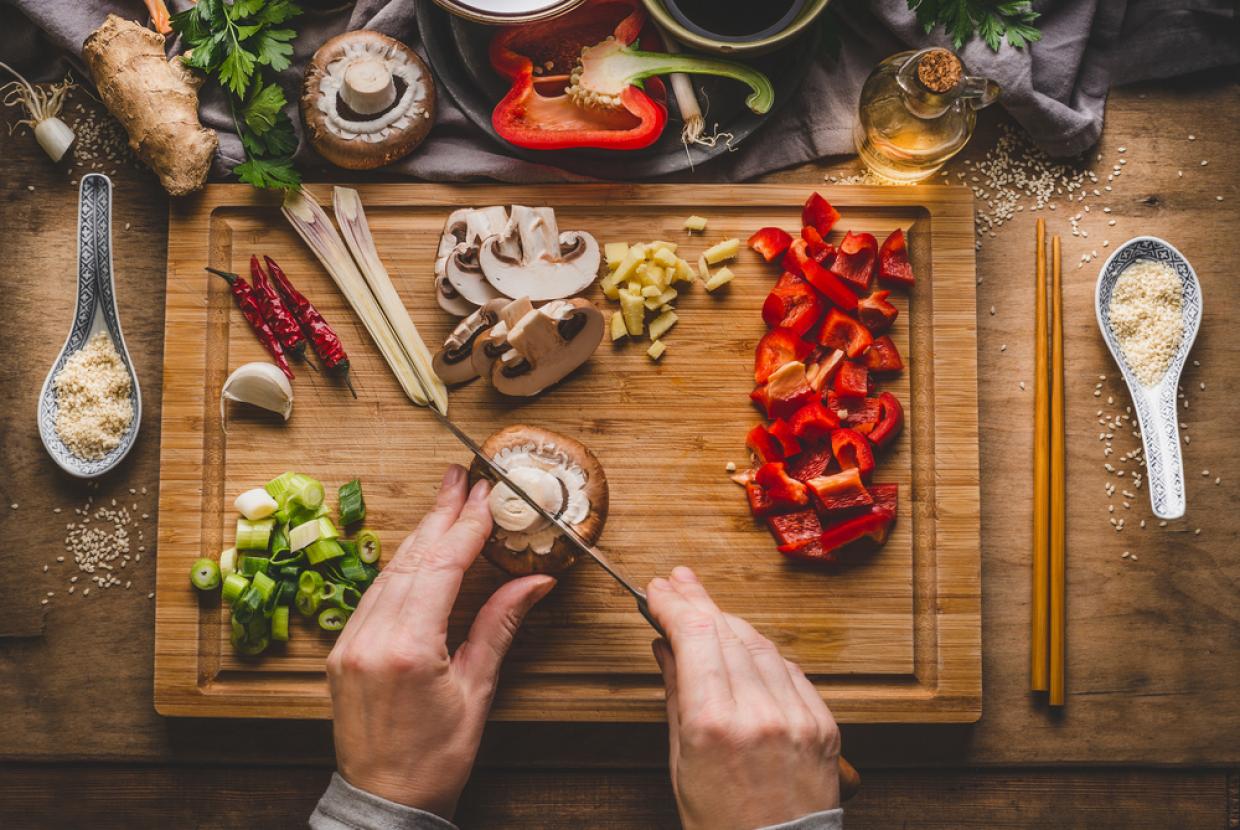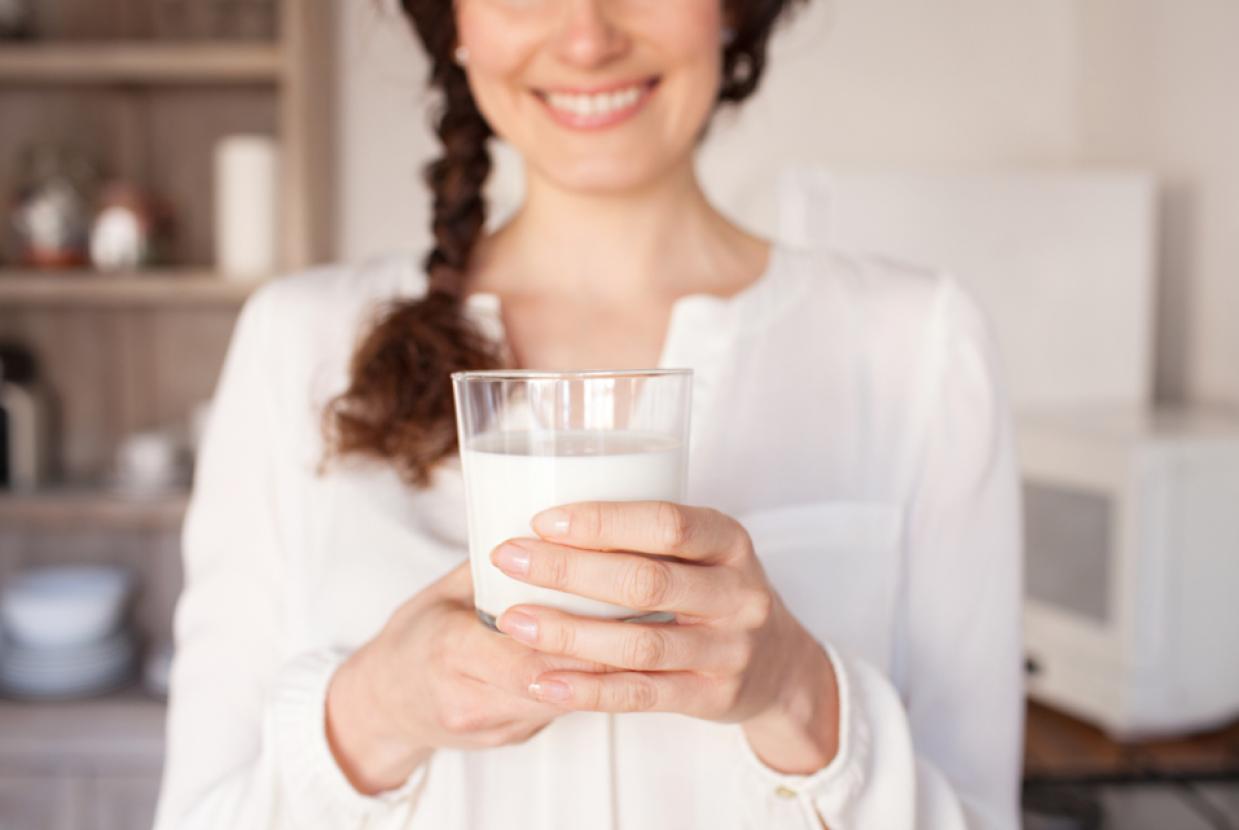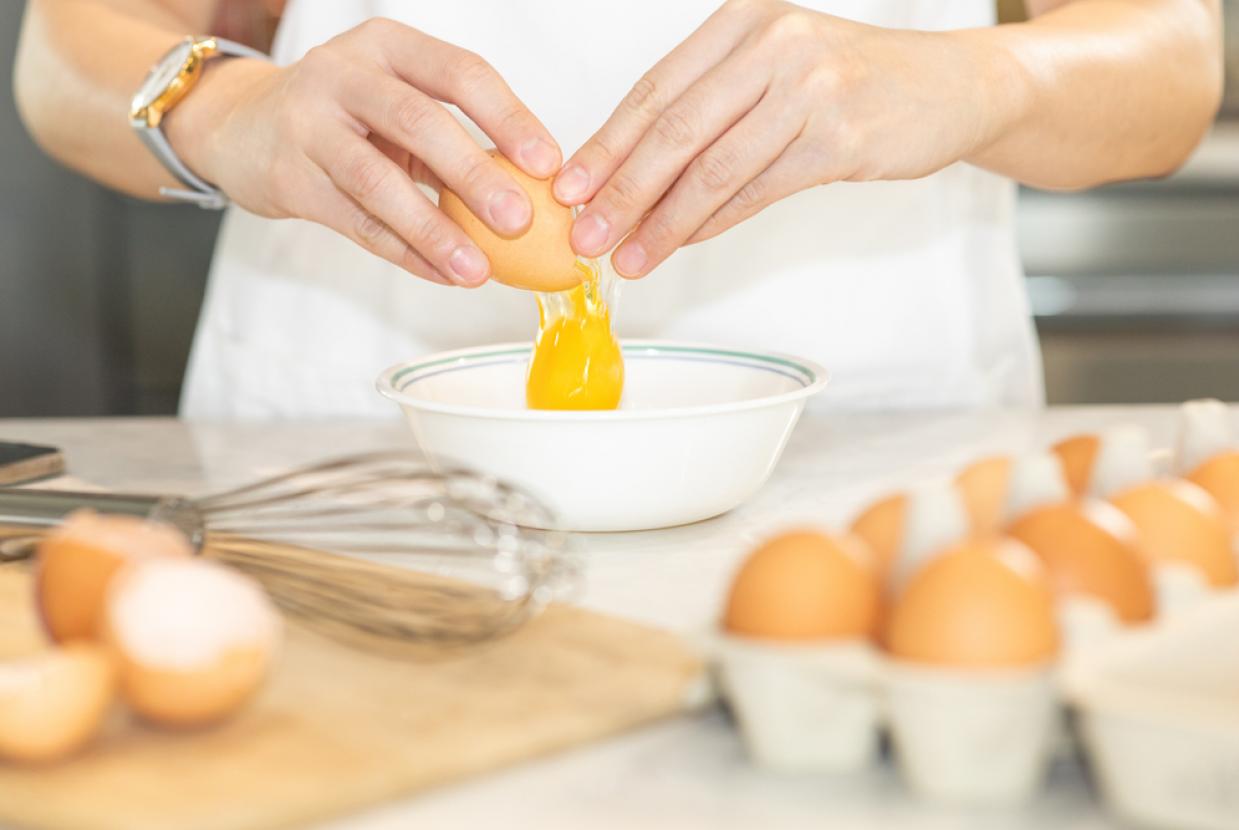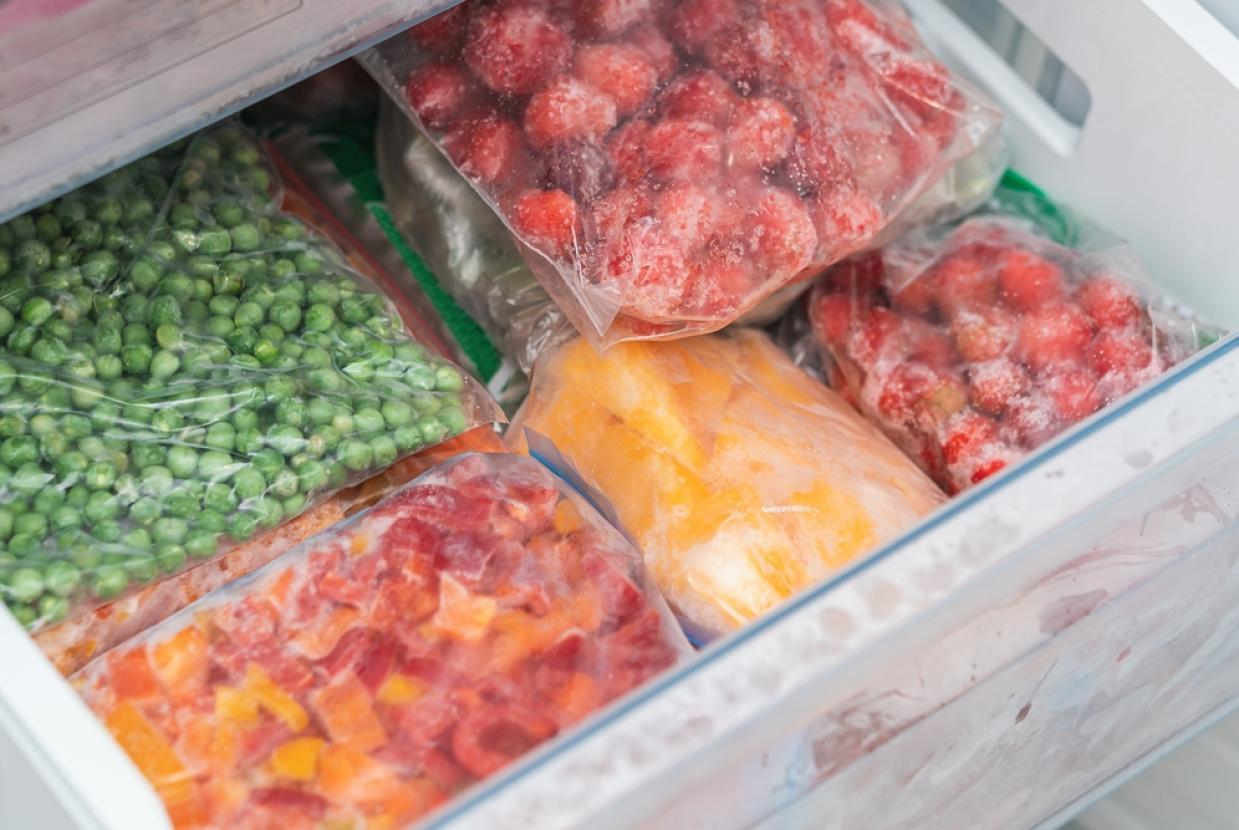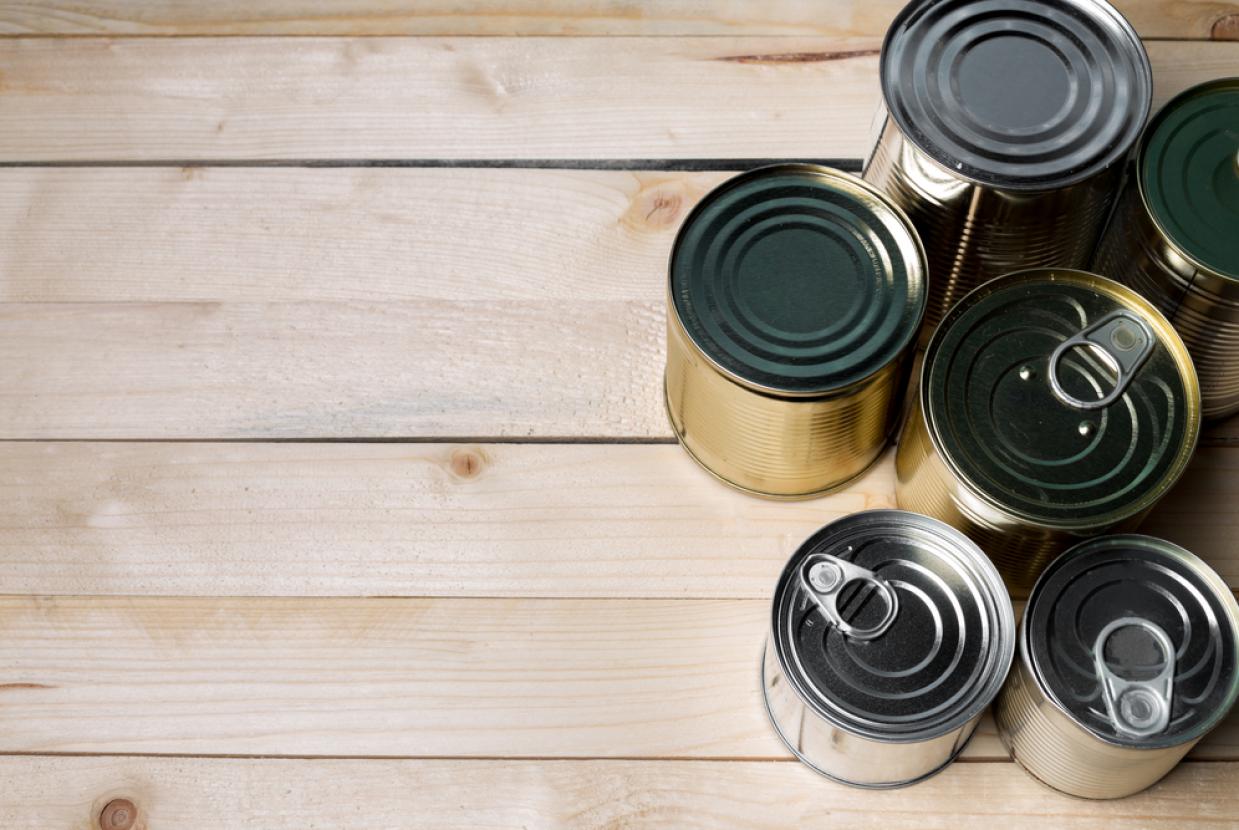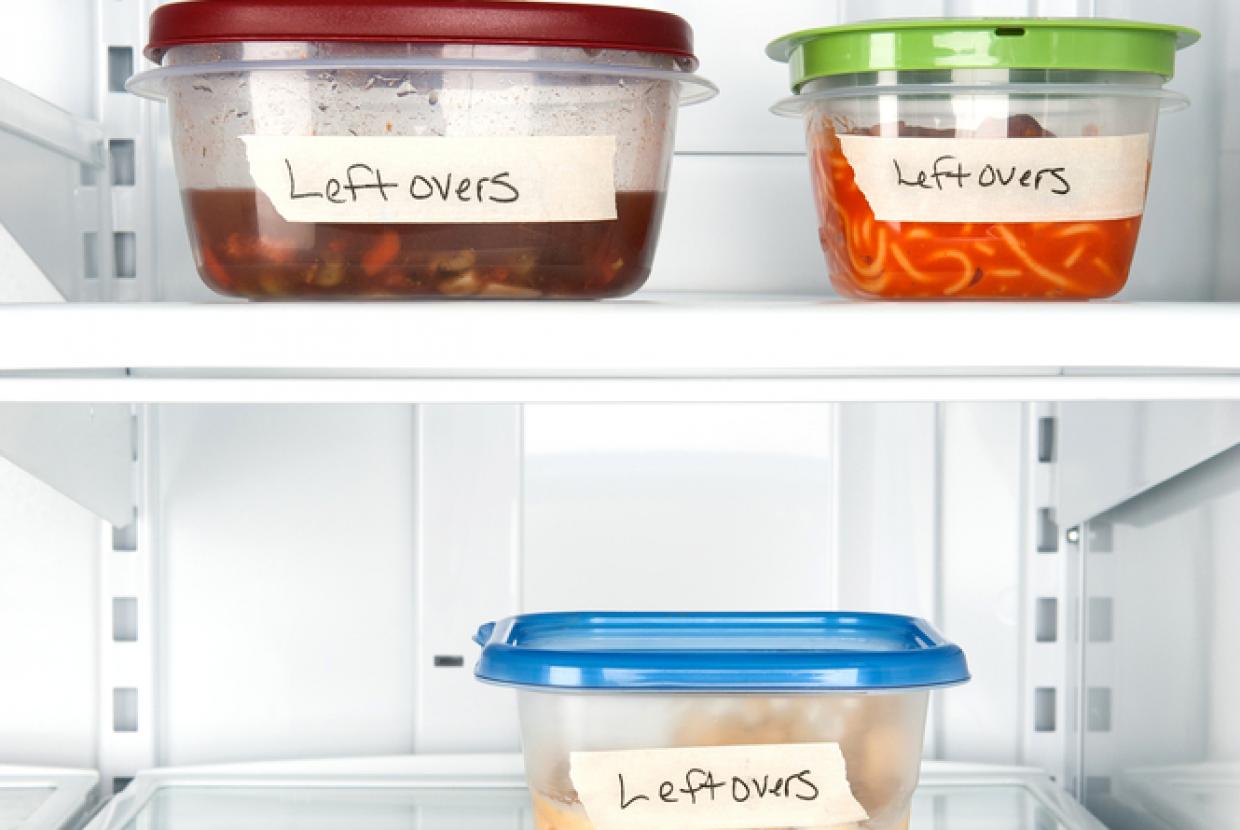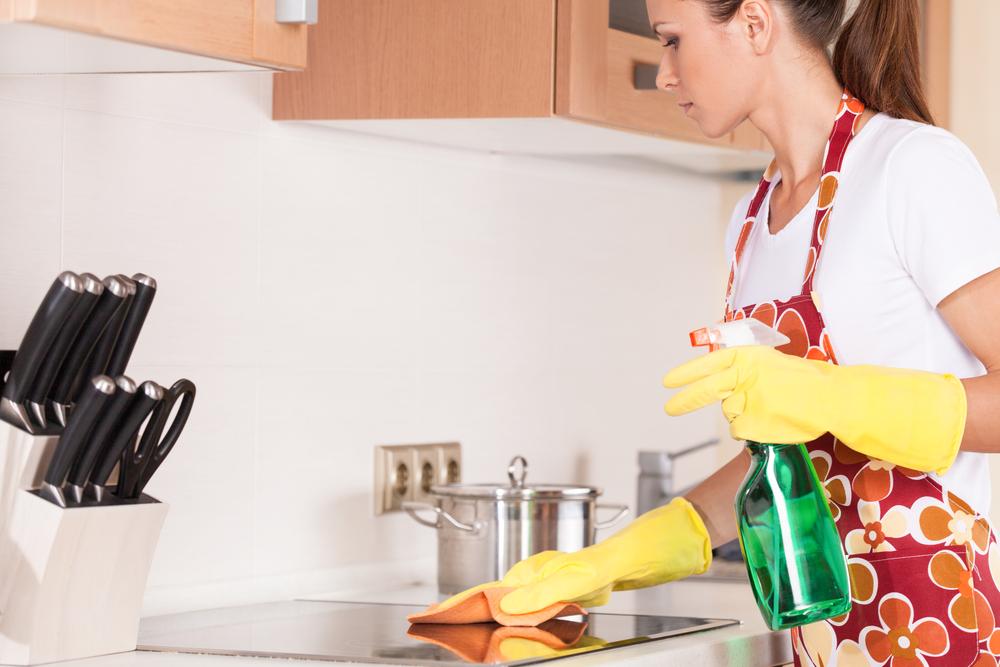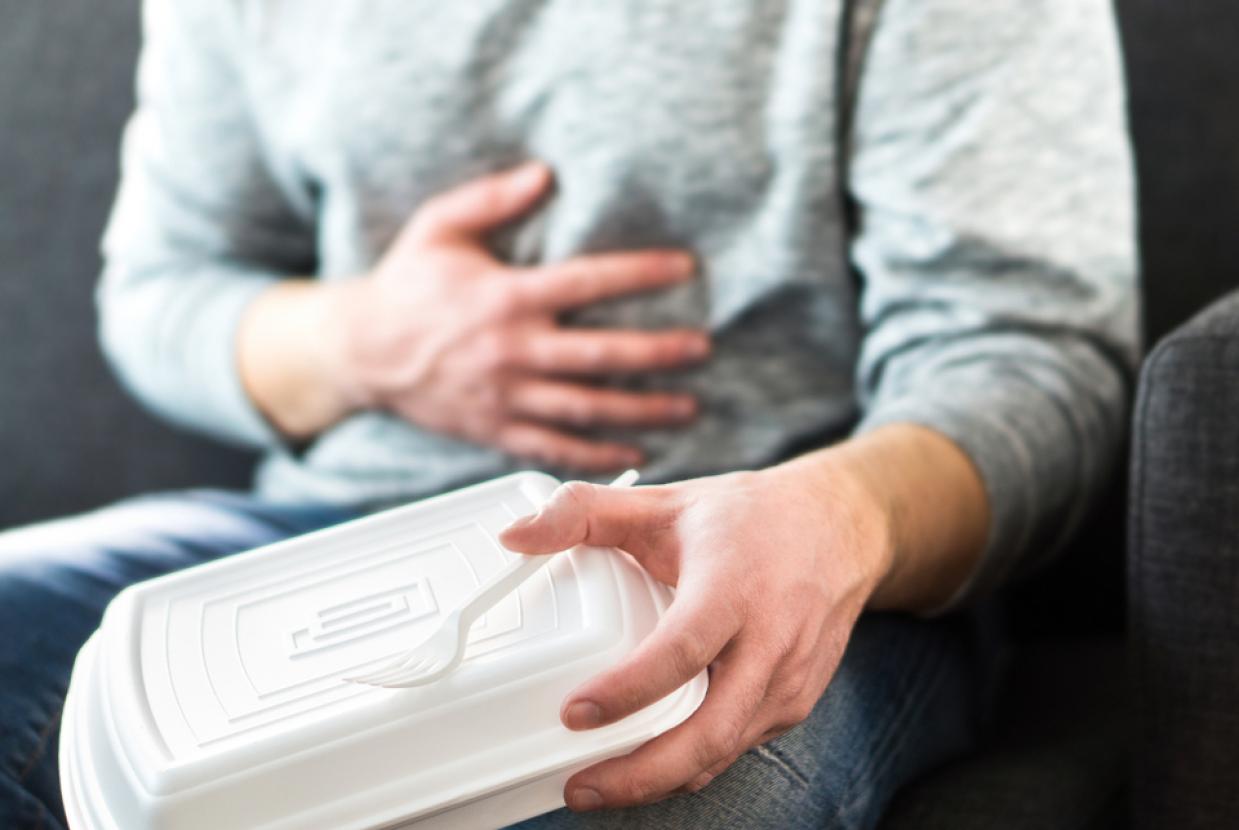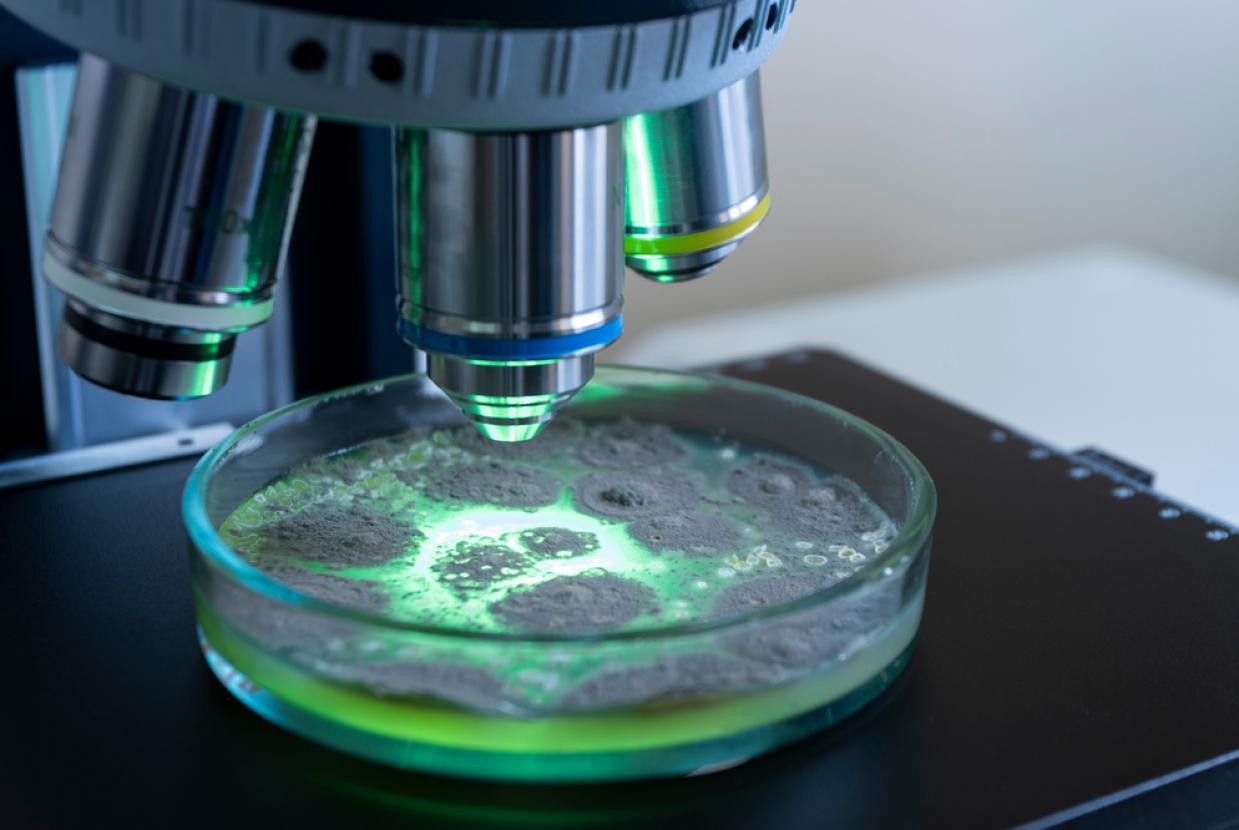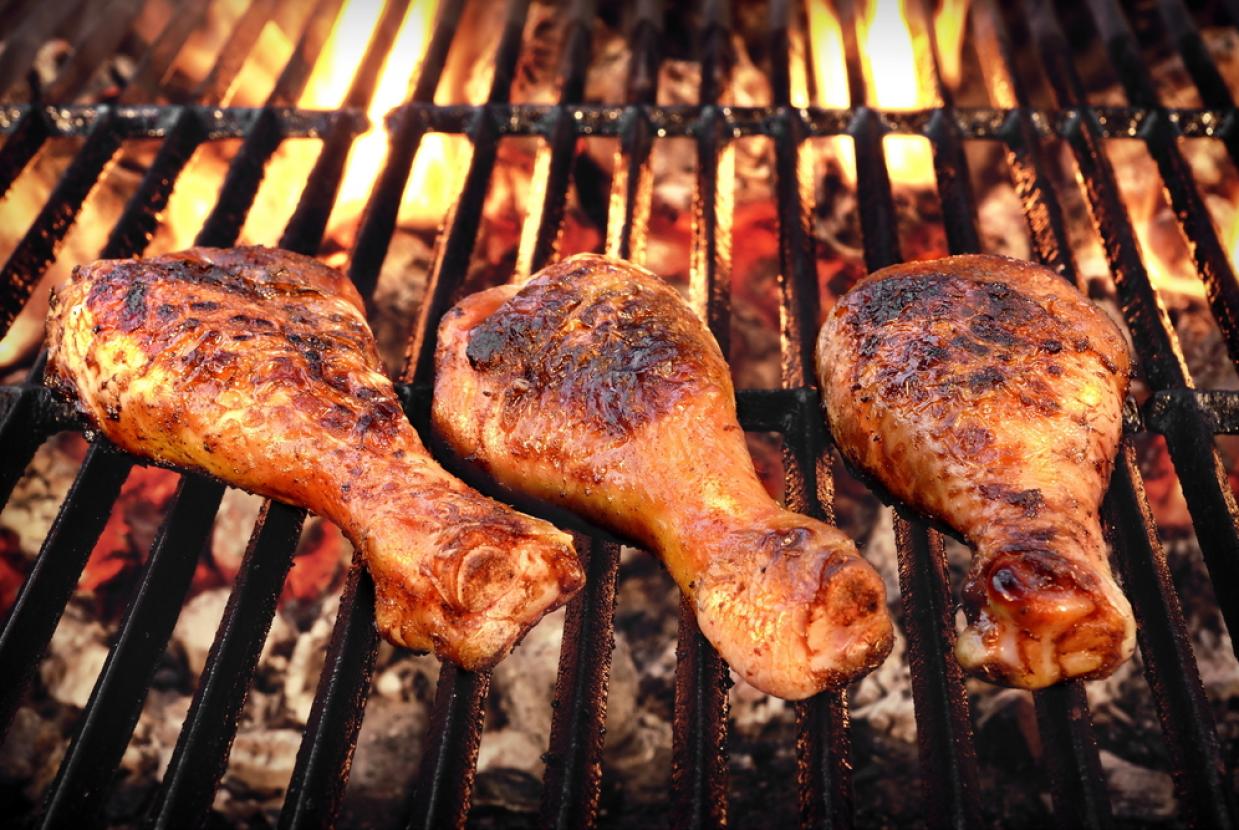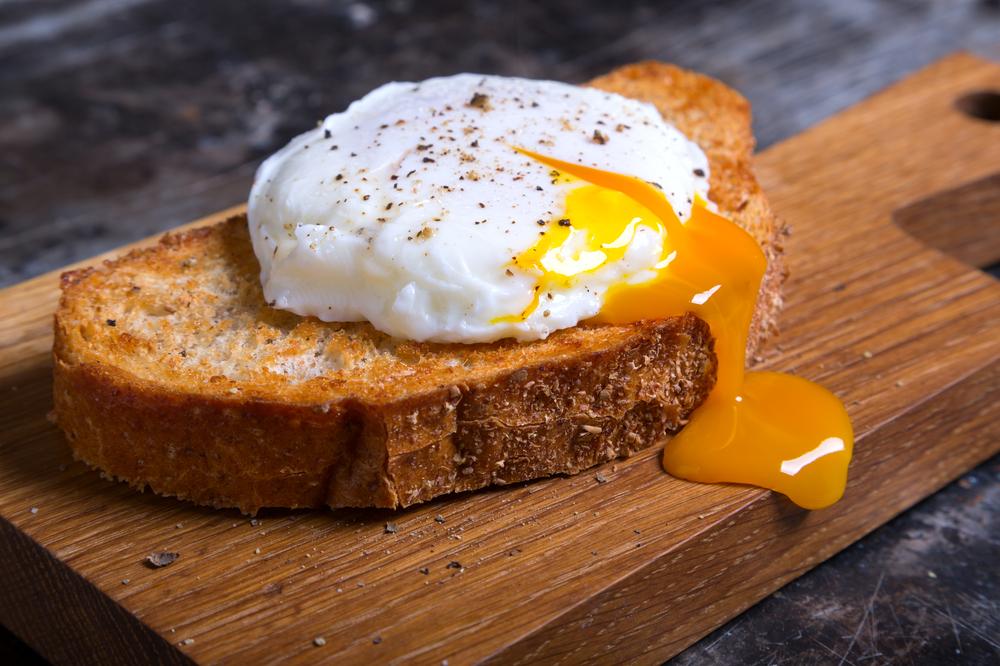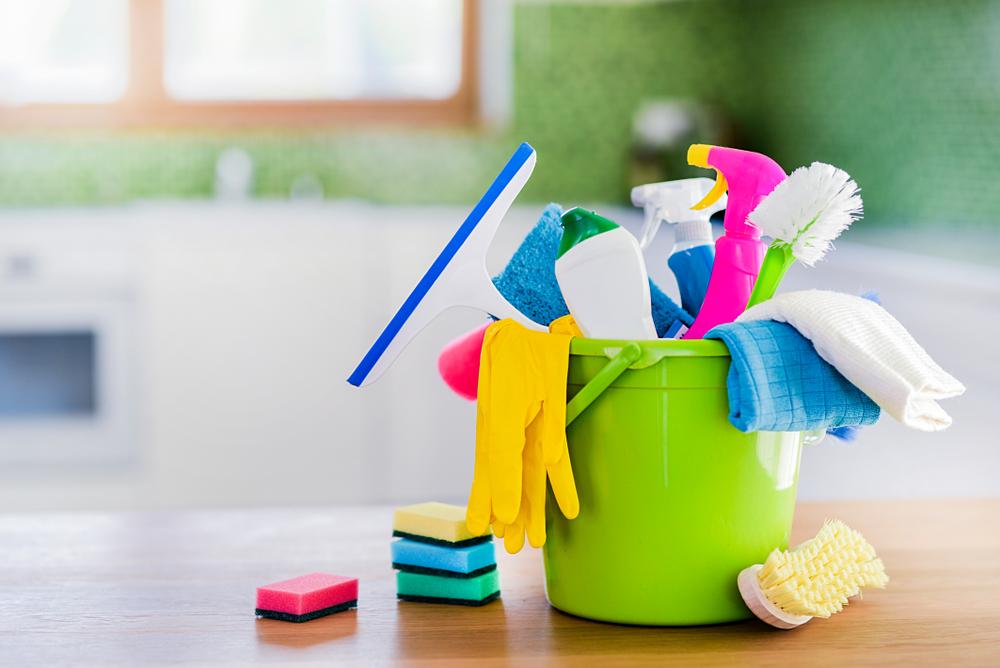Keeping food safe in your fridge
Food SafetyFollow these five cool rules. Keeping food chilled in the fridge slows down the growth of bacteria. Between 5°C and 63°C is called ‘the danger zone’, where bacteria on food can grow to a point where they can make you ill.
1. Keep the fridge at 5°C or below.
The numbers on the fridge dial do not necessarily show the temperature. Use a mercury-free fridge thermometer on the bottom shelf above the salad drawer for an accurate reading.
Keep the fridge door closed. The temperature will rise if the door is left open for any length of time. Don’t put hot food in the fridge as this can also raise the temperature.
2. Don’t overpack the fridge.
This can stop cool air from moving around, so your food may not be properly chilled.
3. Store different foods in the correct areas of the fridge.
Store ready-to-eat foods such as cheese, yoghurt, cooked meats and leftovers on the middle and top shelves. Put raw meat, fish and poultry in sealed containers on the bottom shelf so they don't touch each other or drip onto other foods.
4. Put leftovers in the fridge within two hours.
If there is food left over after a meal, get it into the fridge within two hours of cooking. Divide the food into smaller portions and put it in a shallow dish to help it cool more quickly.
Leftover cooked rice is high-risk and must be cooled and put in the fridge within one hour. When you are cooling a turkey or other large bird, removing the legs will help it cool more quickly.
Put the leftovers in a clean, covered dish to prevent cross-contamination. Throw away any high-risk food that has been out of the fridge for more than two hours. Eat any leftovers within three days.
5. The Golden Rule: If in doubt, throw it out.


